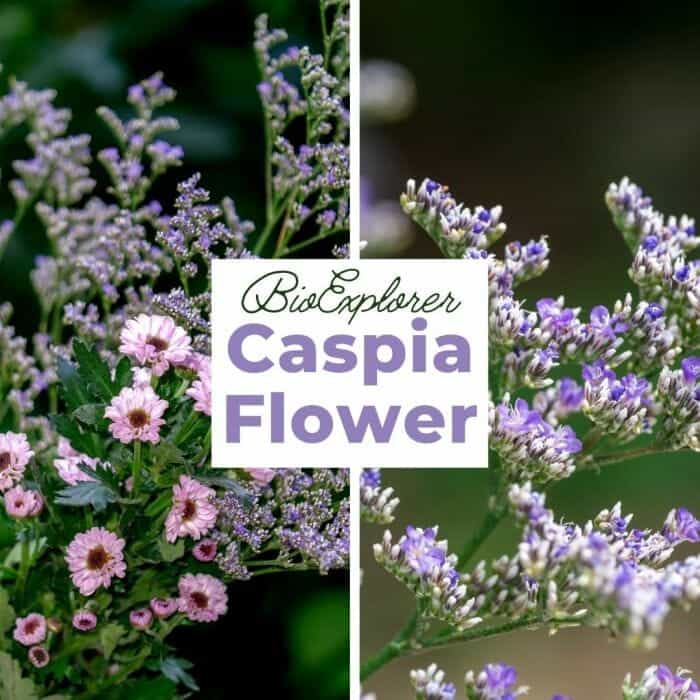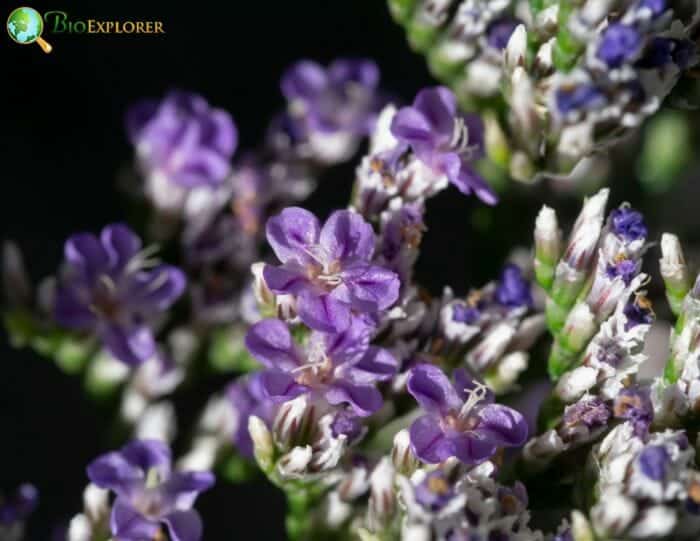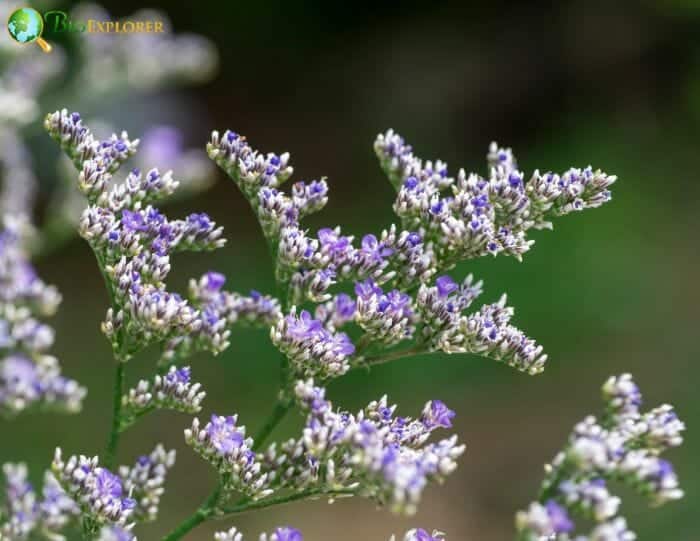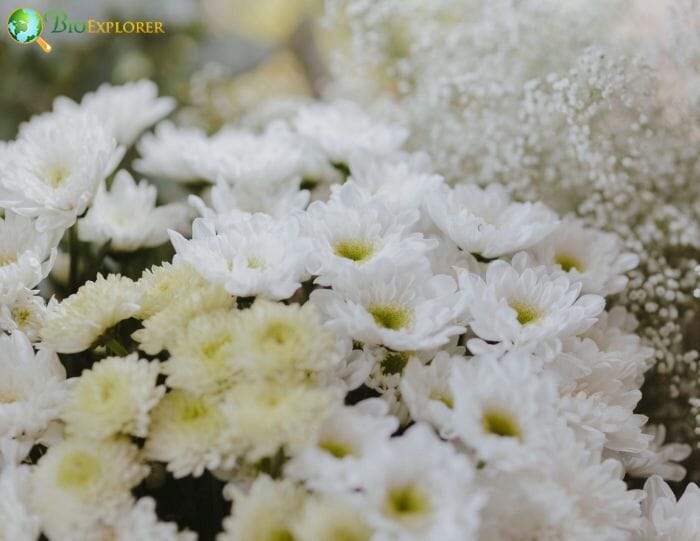
Tender and so sweet, caspia (also known as marsh rosemary, statice, or sea lavender) is a plant that lives up to its name. Caspia (Limonium sinuatum) is a perennial or annual herbaceous plant that originates from Central Asia and the Mediterranean meadows.

Its genus includes around 120 species[1] from the Plumbaginaceae family and offers various colors, sizes, and shapes. Although their common names of marsh-rosemary and sea-lavender suggest otherwise, Caspia has nothing to do with rosemary or lavender!

Its hairy, branched stems typically reach 12 to 18 inches in height and are crowned with racemes of small papery florets. Its flowers have white petals and calyces that come in shades of purple, yellow, pink, white, or lavender, the latter being known to hold their color very well.

This property makes Caspia a well-known filler flower, ideal for both dry and fresh compositions. Besides their distinctive texture, caspia flowers are also known for their musky fragrance; some say it is not very attractive, but this quality does not detract from the overall beauty of the plant.











